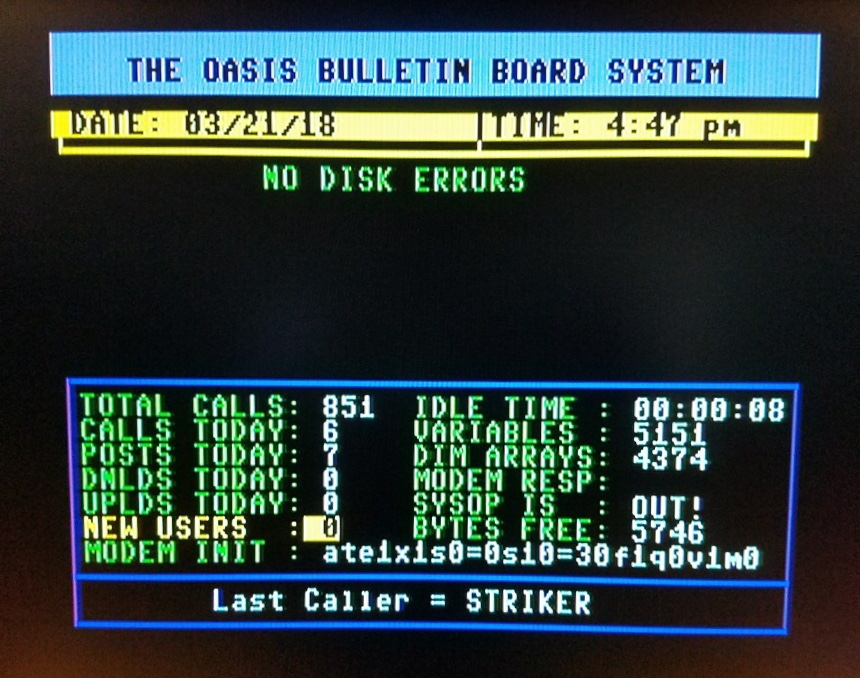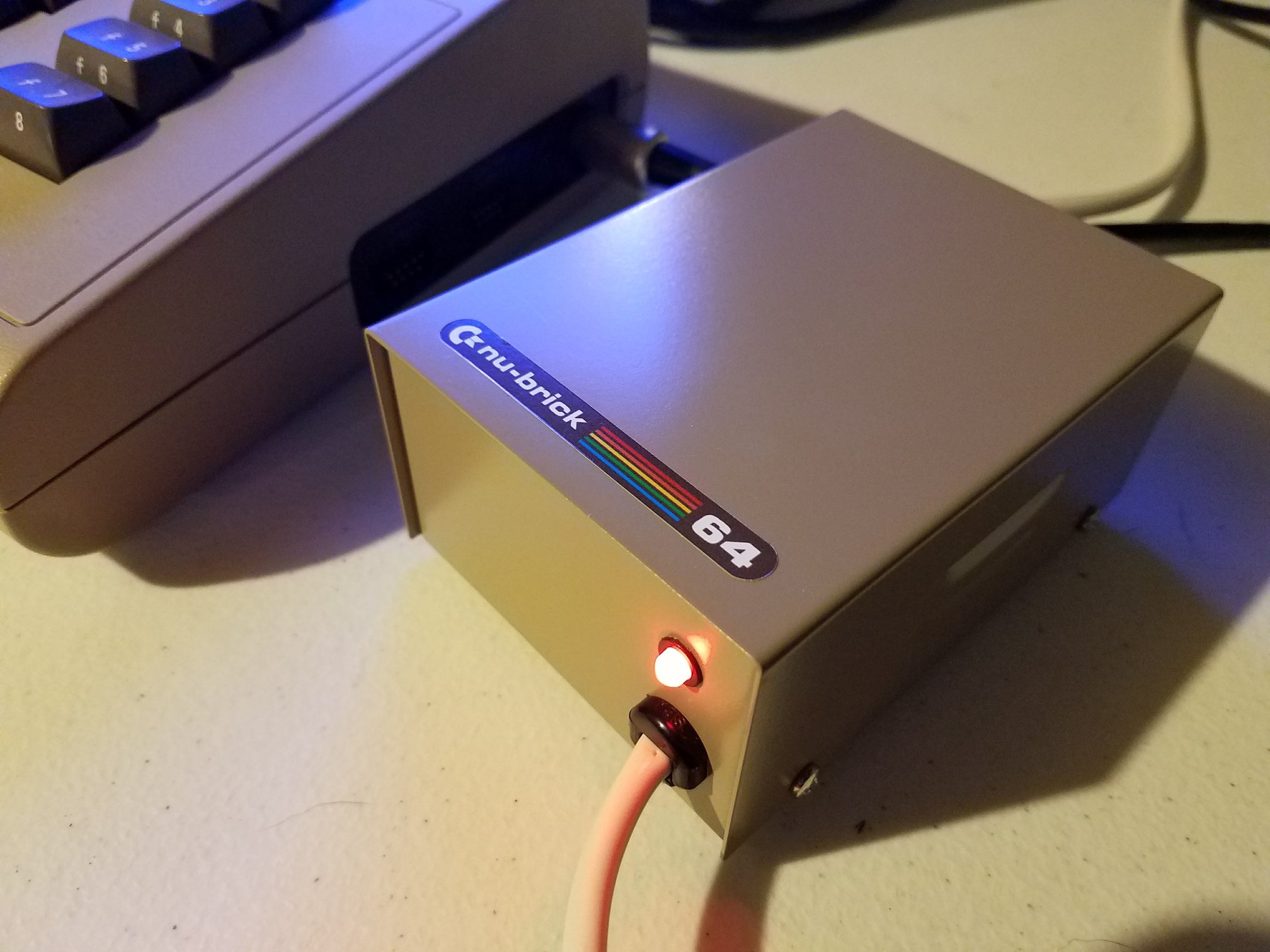In the latest episode from Green Pixel Retro Lab, the host takes viewers on a nostalgic journey back to the 1980s, asking a question that resonates with retro gaming enthusiasts: “Is it still fun?”
The Commodore 64, affectionately known as the C64, kickstarted the host’s lifelong passion for software development. Now, over four decades later, the Retro Lab is revisiting the iconic machine, rediscovering its magic and charm. The question at hand? Are the games that shaped an era still enjoyable to play today?
The Commodore 64 isn’t just a relic; it’s a cultural milestone. With over 5,000 games developed for the system between the mid-80s and early 90s, the host is determined to explore and evaluate a slice of this massive library. Physical tapes, discs, and cartridges were sourced to replicate the authentic gaming experience as it would have been back in the day. The commitment even extended to converting an NTSC Commodore 64 to PAL to access the plethora of games available outside the U.S.
First on the list is Arcadia 64, a title from 1982 developed by David Lawson of Imagine Software. This early-era shooter places players in command of the Starship Arcadia, equipped with cutting-edge (for its time) space weaponry like ion thrust drives and dual plasma disruptor guns.
The gameplay breakdown follows three main elements:
- Title & Menu: The nostalgic custom graphics, menu layouts, and loading screens transport players to a time when patience was part of the gaming experience (remember 18-minute load times?).
- Maps & Levels: As a shoot-’em-up, the game features repetitive but progressively challenging enemy wave patterns, making strategy essential.
- Player Mechanics: Controlling the spaceship is simple but unforgiving. The host’s attempts to conquer levels highlight both the joy and frustration of mastering retro difficulty curves.
To further explore the intricacies of Arcadia 64, the host loaded the game into Retro Debugger 0.66 via the Vice emulator. This tool allows detailed memory analysis, giving viewers a rare peek behind the scenes of how the game’s visuals and mechanics were constructed. Whether the flashy title screen was built with custom characters, sprites, or something else entirely remains a mystery—sparking a fun debate in the comments.
The verdict? While the game’s challenging nature and repetitive design might not make it a timeless classic, it remains a nostalgic artifact that captures the spirit of the 80s gaming era. It’s fun in short bursts, but its true value lies in the memories it rekindles and the appreciation it fosters for early game development.







